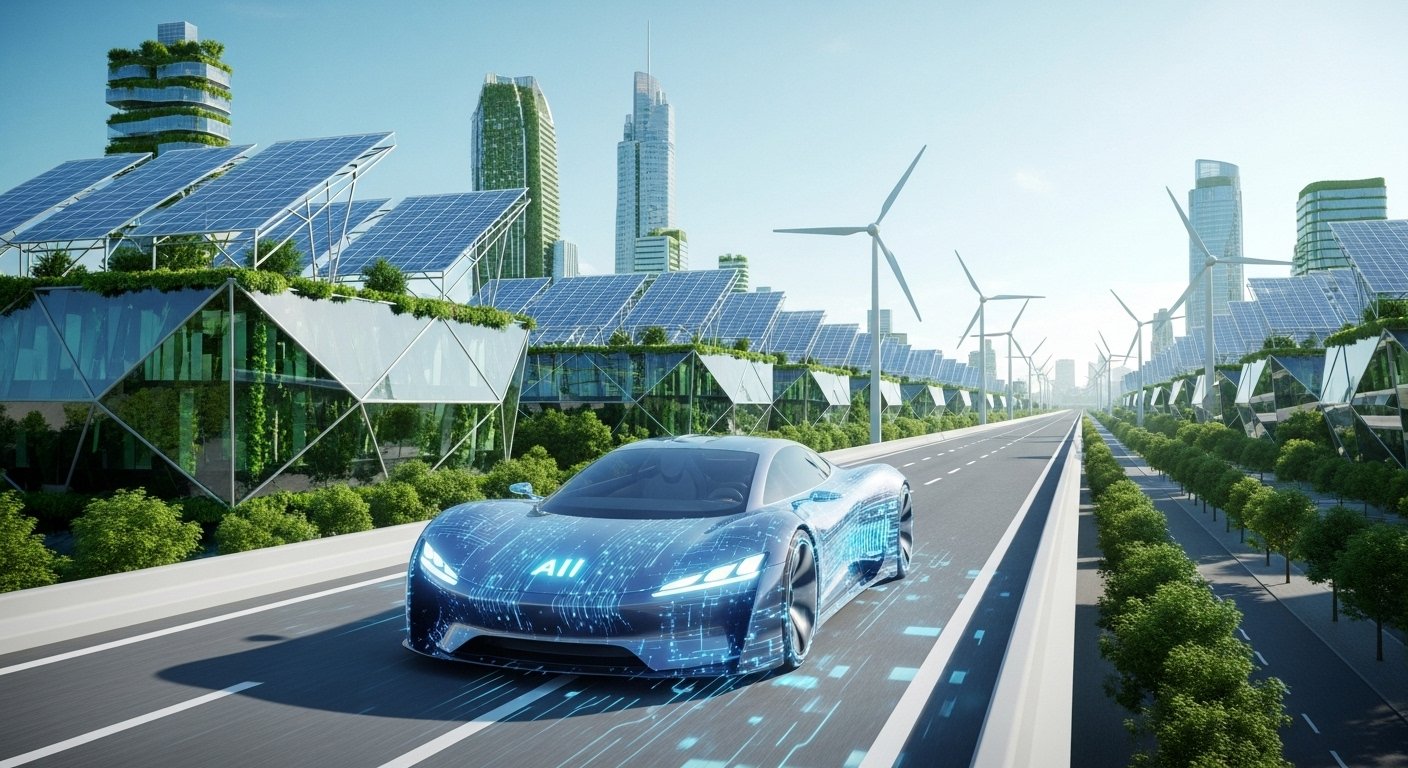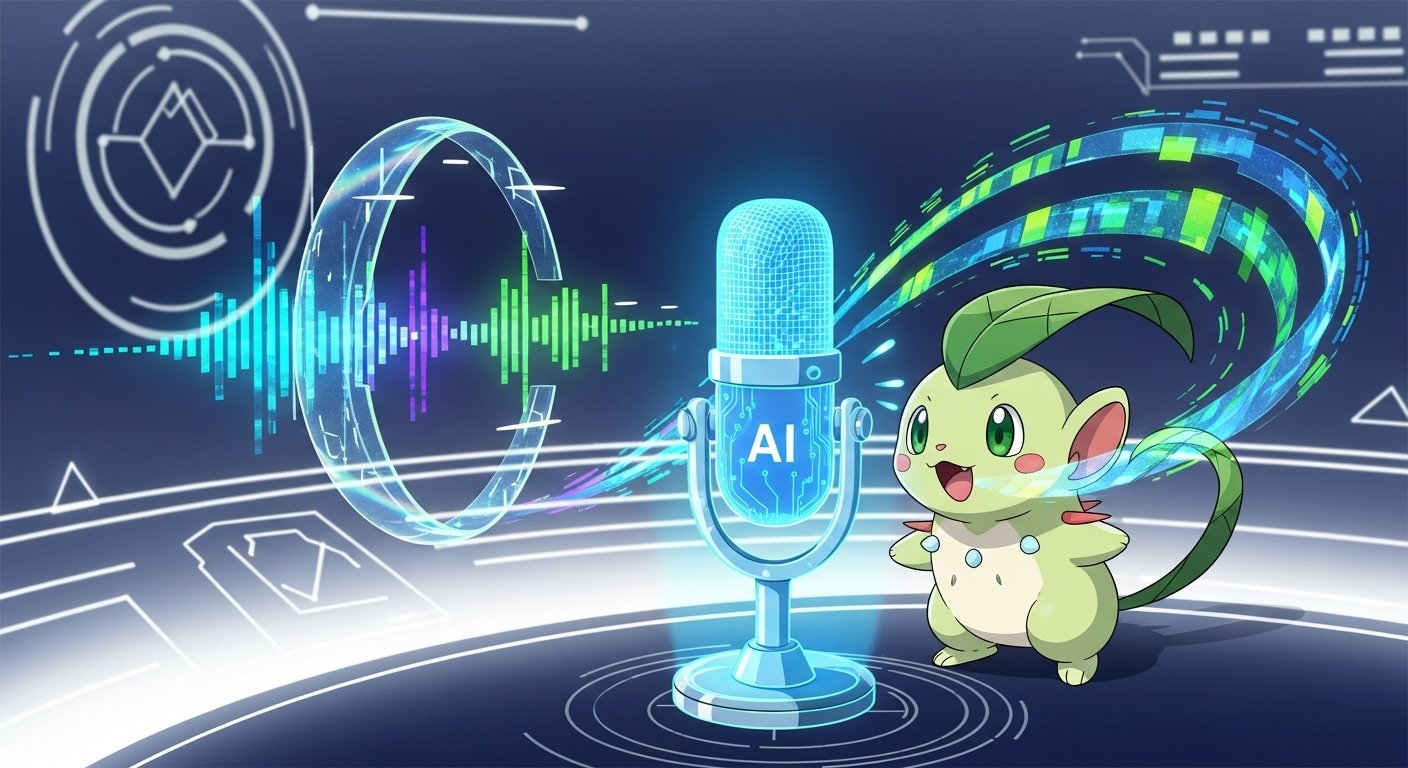The automotive world is shifting gears toward a cleaner, smarter, and more sustainable future. As climate change continues to be one of the biggest global challenges, the demand for eco-friendly transportation has never been higher. Enter artificial intelligence (AI) — the digital brain that’s redefining how vehicles are designed, powered, and driven.
AI’s role in green automotive technology goes beyond automation. It’s transforming everything from electric vehicle (EV) performance to manufacturing efficiency and traffic management. In short, AI isn’t just helping cars run better — it’s helping the planet breathe easier.
What Is Green Automotive Technology?
Before we dive into AI’s role in green automotive technology, it’s important to understand what the term means.
Green automotive technology refers to innovations that reduce the environmental impact of vehicles. This includes electric vehicles, hybrid engines, hydrogen fuel cells, lightweight materials, and smart systems that optimize fuel or energy use.
The goal is simple: to cut carbon emissions, reduce energy waste, and move toward sustainable transportation systems that balance performance with planet preservation.
How AI Is Powering the Green Automotive Revolution
AI is the driving force behind many of today’s sustainability breakthroughs in the automotive industry. From predictive analytics to smart charging, artificial intelligence is reshaping how cars are made, used, and maintained.
Here’s a look at how AI is making the automotive sector greener and more efficient.
1. Enhancing Electric Vehicle Efficiency
Electric vehicles are at the heart of green mobility. However, challenges such as battery efficiency, charging time, and range anxiety still limit widespread adoption.
AI helps overcome these challenges by:
-
Optimizing battery usage: Machine learning models analyze driving patterns and environmental conditions to predict energy demand and extend battery life.
-
Smart charging systems: AI integrates with smart grids to schedule charging when renewable energy supply is high and electricity rates are low.
-
Battery health monitoring: AI algorithms detect degradation early, ensuring timely maintenance and recycling.
For example, Tesla uses AI-driven energy management systems to maximize range and minimize charging time. This integration of AI ensures EVs perform efficiently while reducing their carbon footprint.
2. Smart Manufacturing and Sustainable Production
AI doesn’t just make cars smarter — it makes car production greener.
Automotive manufacturers use AI and robotics to optimize every step of production, reducing waste, energy consumption, and emissions.
-
Predictive maintenance in factories: Sensors powered by AI track machinery health, preventing breakdowns and reducing downtime.
-
Supply chain optimization: Machine learning helps companies like Toyota and BMW minimize transportation routes and material waste.
-
Recycling and materials efficiency: AI identifies opportunities to reuse parts and materials, promoting a circular manufacturing model.
According to McKinsey, AI-driven manufacturing can increase energy efficiency by up to 20%, helping automakers reduce costs while protecting the environment.
3. Autonomous Driving and Eco-Friendly Navigation
Autonomous vehicles are not just futuristic—they’re environmentally friendly, too. AI enables vehicles to make real-time decisions that reduce fuel consumption and emissions.
AI systems analyze traffic data, road conditions, and driver behavior to:
-
Avoid congested routes
-
Maintain steady speeds
-
Reduce unnecessary braking and acceleration
For instance, Waymo’s self-driving cars use AI to minimize idle time at traffic lights and optimize acceleration patterns. This results in less energy consumption per mile, translating to greener and safer journeys.
4. Predictive Maintenance for Longevity and Sustainability
AI enables predictive maintenance, a game-changer for both cost savings and sustainability.
Instead of relying on scheduled maintenance, vehicles equipped with AI sensors can detect when a component is likely to fail — before it actually happens.
This predictive approach:
-
Prevents breakdowns and accidents
-
Reduces resource waste from unnecessary part replacements
-
Extends vehicle lifespan
For example, General Motors uses AI to analyze sensor data and predict when a part needs servicing, significantly cutting maintenance costs and reducing waste.
5. AI in Vehicle-to-Grid (V2G) Integration
One of the most exciting areas of AI’s role in green automotive technology is vehicle-to-grid (V2G) communication.
In this system, electric vehicles don’t just draw power from the grid—they can send it back.
AI coordinates this process by:
-
Predicting energy demand peaks
-
Determining when vehicles should charge or discharge
-
Balancing renewable energy supply (like solar or wind) with demand
This makes EVs part of a smart energy ecosystem, supporting grid stability and enhancing renewable energy utilization.
Data-Driven Sustainability: The Power of AI Analytics
AI thrives on data. By collecting and analyzing millions of data points from vehicles, cities, and factories, AI enables smarter, greener decisions.
Real-World Example
BMW uses AI-powered analytics to predict CO₂ emissions across its entire supply chain. The data helps identify emission hotspots and implement targeted solutions.
Similarly, AI systems in urban areas analyze traffic flow to reduce congestion and promote eco-driving behavior, which can cut fuel consumption by up to 15%.
AI in Green Logistics and Fleet Management
Fleet management is another sector benefiting from AI’s green influence.
AI helps logistics companies:
-
Optimize delivery routes to save fuel
-
Monitor vehicle health and driver behavior
-
Integrate electric vehicles efficiently into fleets
Companies like UPS and DHL use AI algorithms to design optimal routes — saving millions of gallons of fuel annually and drastically lowering emissions.
H2: The Future of Green Automotive Technology with AI
The future looks bright — and sustainable. As AI technology evolves, so will its applications in green automotive innovation.
Emerging trends include:
-
AI-driven material design: Creating lighter, stronger, and more recyclable materials.
-
Adaptive charging networks: Real-time optimization of EV charging infrastructure.
-
AI for carbon-neutral factories: Fully automated systems that monitor and offset emissions.
-
Smart city integration: Seamless communication between vehicles, traffic systems, and public transport for zero-emission mobility.
Experts predict that by 2035, AI could help reduce global automotive emissions by up to 30%, making it a cornerstone of sustainable transport.
Challenges in Implementing AI for Green Automotive Technology
While AI offers remarkable potential, it comes with challenges:
-
Data privacy and cybersecurity: Connected cars generate vast amounts of sensitive data.
-
High initial costs: Developing and integrating AI systems can be expensive.
-
Skill gaps: The industry needs skilled professionals who understand both AI and automotive engineering.
-
Ethical and safety concerns: Autonomous decision-making must prioritize human safety and accountability.
Addressing these challenges will require collaboration between automakers, governments, and AI experts.
Why AI Is Essential for a Sustainable Automotive Industry
AI’s role in green automotive technology is not optional—it’s essential. The automotive sector contributes nearly 15% of global CO₂ emissions. Without intelligent systems to optimize operations, production, and driving behavior, achieving carbon neutrality would be nearly impossible.
AI bridges the gap between innovation and sustainability, making transportation cleaner, safer, and smarter.
Conclusion: Driving the Future of Sustainability
AI’s role in green automotive technology is reshaping how we view transportation. From enhancing electric vehicle performance to transforming manufacturing and traffic management, artificial intelligence is the engine powering a more sustainable world.
As automakers and innovators continue to integrate AI, we move closer to a future where driving doesn’t just take us places—it helps protect the planet.
In short: The synergy between AI and green automotive technology is the roadmap to a cleaner, smarter, and greener tomorrow.
FAQs
Q1. How does AI make electric vehicles more efficient?
AI optimizes battery usage, charging schedules, and power management, helping EVs run longer on less energy.
Q2. Can AI reduce traffic-related emissions?
Yes. AI-driven traffic management systems reduce congestion and idle time, leading to lower fuel consumption and emissions.
Q3. Is AI used in car manufacturing?
Absolutely. AI improves energy efficiency, reduces waste, and enhances quality control in automotive production lines.
Q4. What is vehicle-to-grid (V2G) technology?
It’s a system that allows electric vehicles to send stored energy back to the power grid. AI manages when and how this energy exchange happens.
Q5. What challenges does AI face in the automotive industry?
Key challenges include high costs, data privacy issues, and the need for skilled experts to manage AI integration safely.







Leave a Reply